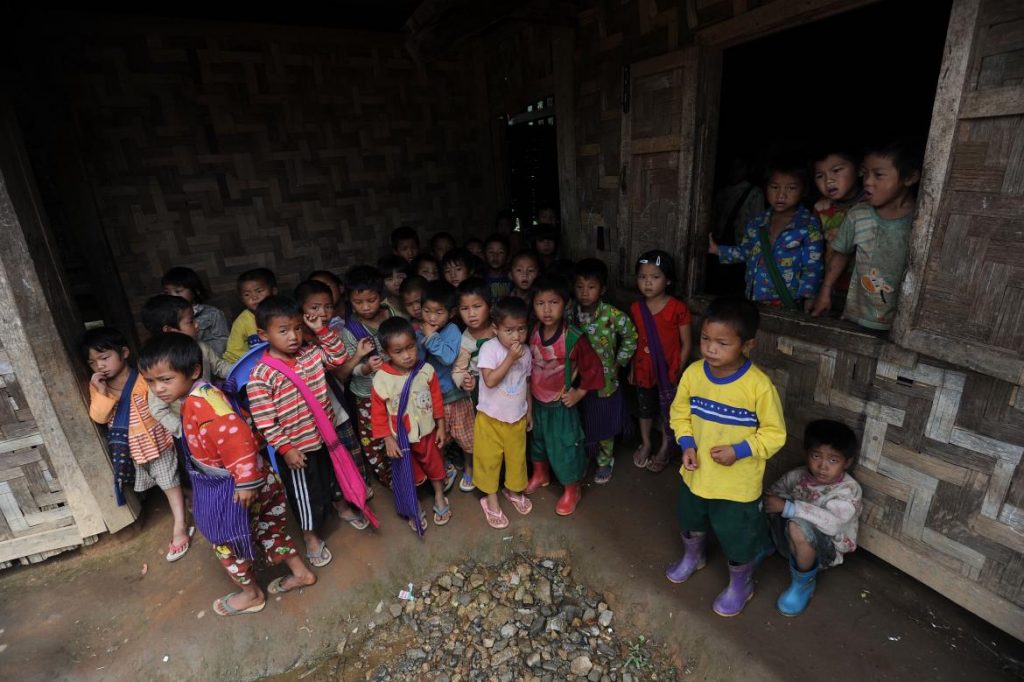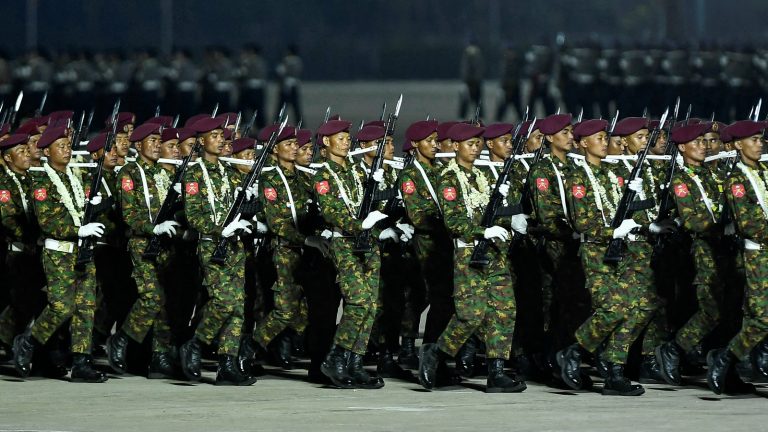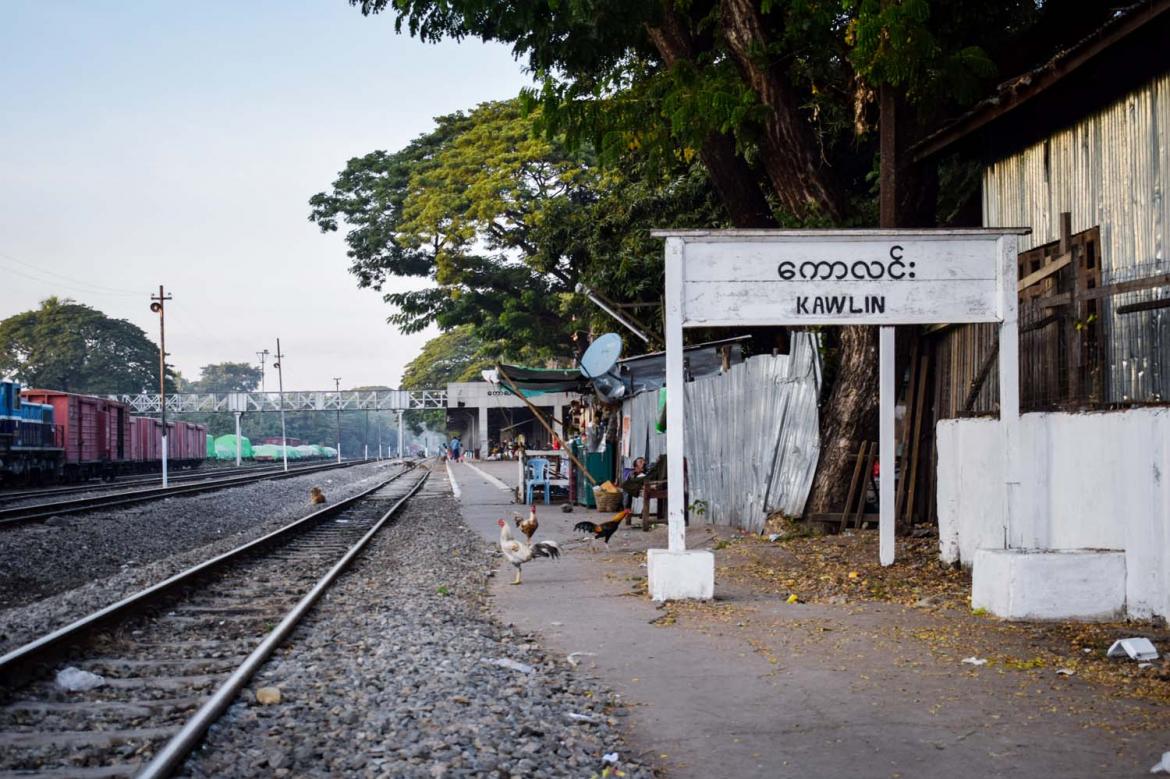By NATALIE WONG | FRONTIER
YANGON — On the fifth anniversary of renewed hostilities in Kachin State, peace groups have once again called for an end to the ongoing conflict between the Kachin Independence Army and the military in the country’s north.
A Thursday meeting between a number of rights activists in downtown Yangon highlighted the ongoing suffering of the tens of thousands of civilians displaced by the conflict, with shortfalls in the provision of food and shelter to those living in displacement camps.
Maran Jaw Gun of the Kachin Peace Network told the meeting, held at the Summit Parkview Hotel, that the onus was on the government and the Tatmadaw to draw the long-running conflict to a close.
A statement signed by more than 100 organisations called on the government to authorise universal access for humanitarian groups and the withdrawal of the military from their garrisons in occupied villages.
Support more independent journalism like this. Sign up to be a Frontier member.
Fighting resumed between the KIA and the military in June 2011, shortly after the quasi-civilian government of U Thein Sein took office, after the collapse of a 17-year-old bilateral ceasefire. Hundreds of combatants and civilians have died in the years since.
Multiple attempts to negotiate bilateral ceasefires have failed. The Kachin Independence Organisation, the political wing of the KIA, declined to participate in the signing of the previous government’s National Ceasefire Agreement in October 2015 along with several other non-state armed groups.
Skirmishes between the Tatmadaw and KIA troops resumed shortly after last year’s national election. Hundreds of residents were displaced from their villages last November after the military assaulted a KIA outpost in Mohnyin Township, which included the use of aerial and artillery bombardments.
The UN Office for the Coordination of Humanitarian Affairs estimates around 98,000 people remain displaced from their homes as a result of the conflict, around half of whom live outside of government-controlled areas and have limited access to international humanitarian aid.
The UN’s 2016 humanitarian response plan highlighted the increased incidence of sexual violence and drug abuse among displaced communities, along with the continuing practice of forced recruitment of child soldiers.
Thursday’s meeting raised around 600,000 kyats (US$500) for humanitarian relief in Kachin State.







